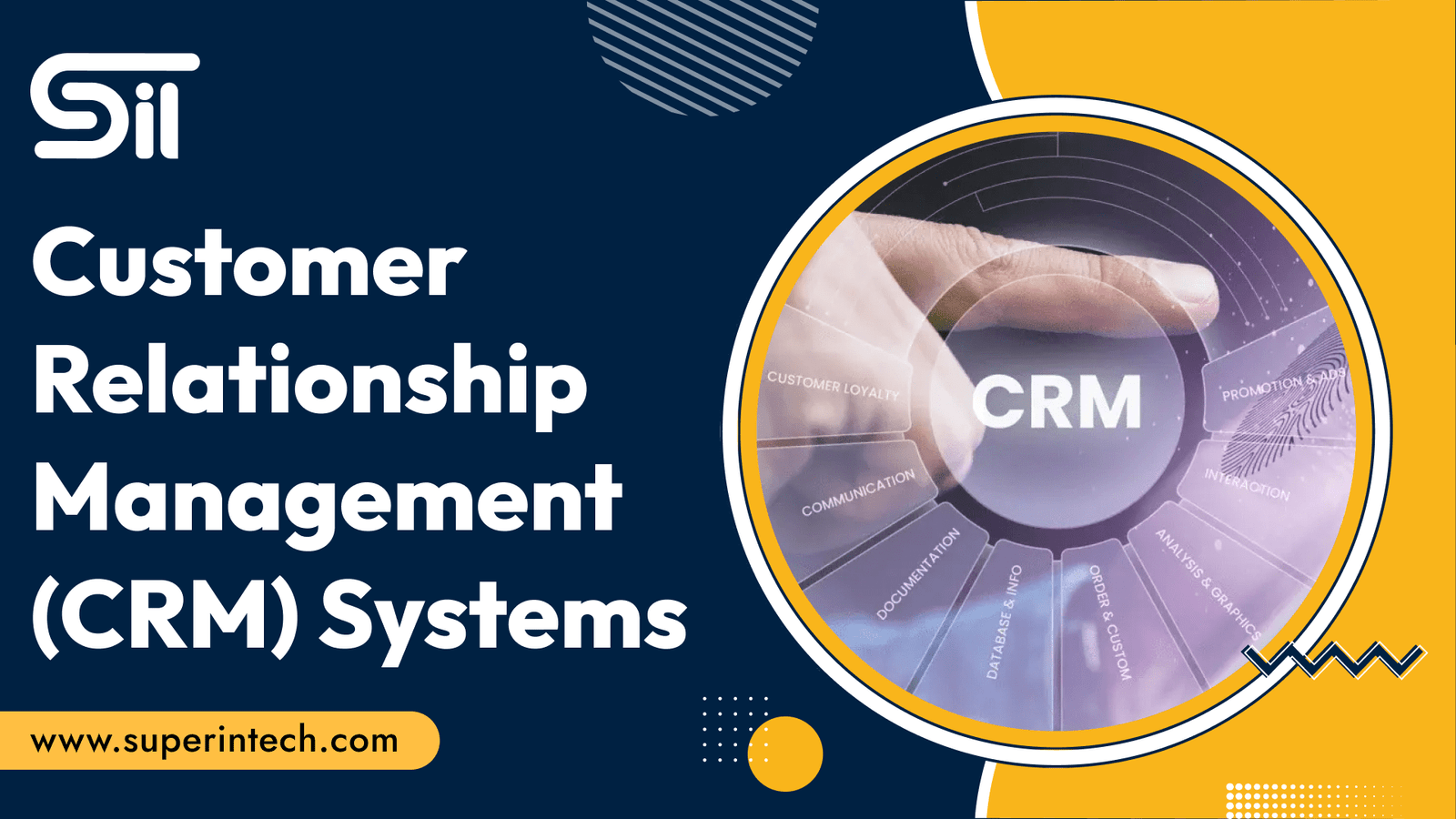Introduction:
In the fast-paced world of business, adapting to changing customer expectations is crucial for success. The evolution of Customer Relationship Management (CRM) systems stands as a testament to the dynamic nature of the business landscape. Over the years, CRM systems have evolved from basic contact management tools to sophisticated platforms that empower businesses to build meaningful, long-lasting relationships with their customers.
Genesis of CRM:
It started in the 1980s. Early CRM systems primarily focused on contact management, helping businesses organize and store customer details more efficiently. These early systems were quite limited and didn’t have the robust features that modern CRM solutions offer today. The evolution of CRM has been marked by significant advancements in technology and functionality over the years.
Rise of Database Marketing:
As businesses recognized the potential of leveraging customer data for targeted marketing, the 1990s saw the emergence of database marketing. This era marked a shift from passive contact management to actively using customer information for personalized marketing campaigns. CRM systems became more sophisticated, incorporating features like customer segmentation and campaign management.
Integration of Sales and Customer Service:
In the late 1990s and early 2000s, CRM systems underwent a significant transformation with the integration of sales and customer service functionalities. Businesses realized the importance of aligning sales and customer service efforts to provide a seamless customer experience. This integration allowed for a holistic view of customer interactions, enabling organizations to streamline their processes and enhance customer satisfaction.
Cloud-Based CRM Solutions:
The mid-2000s witnessed a paradigm shift with the advent of cloud computing. Cloud-based CRM solutions emerged, offering businesses the flexibility to access their CRM systems from anywhere with an internet connection. It reduced the need for on-premise infrastructure and made CRM systems more scalable and cost-effective for businesses of all sizes.
Social CRM:
As social media gained prominence in the late 2000s, CRM systems evolved to incorporate social CRM functionalities. Businesses recognized the need to engage with customers on social platforms and track their social interactions. Social CRM allowed organizations to monitor customer sentiment, gather valuable insights, and respond to customer inquiries in real-time.
Mobile CRM:
The proliferation of smartphones in the 2010s paved the way for mobile CRM solutions. With employees working on the go, mobile CRM empowered sales and service teams to access crucial customer information. They could update records and collaborate with colleagues from their mobile devices. This mobility improved productivity and contributed to better customer interactions.
Artificial Intelligence (AI) and Machine Learning (ML):
The latest chapter in the evolution of CRM systems involves the integration of artificial intelligence and machine learning. These technologies enable businesses to analyse vast amounts of customer data to derive actionable insights. AI-driven CRM systems can automate routine tasks, predict customer behaviour, and personalize interactions.
Conclusion:
The evolution of Customer Relationship Management (CRM) systems reflects the ever-changing dynamics of customer expectations and technological advancements. From humble beginnings as contact management tools to the sophisticated AI-driven platforms of today, CRM systems have become indispensable for businesses aiming to build and maintain strong customer relationships.
Looking ahead, the future of CRM will be shaped by emerging technologies like augmented reality, virtual reality, and blockchain. As businesses prioritize customer-centric strategies, CRM systems will help them stay agile, responsive, and competitive. The journey of CRM is far from over. As technology advances, the capabilities of these essential business tools will continue to grow.










